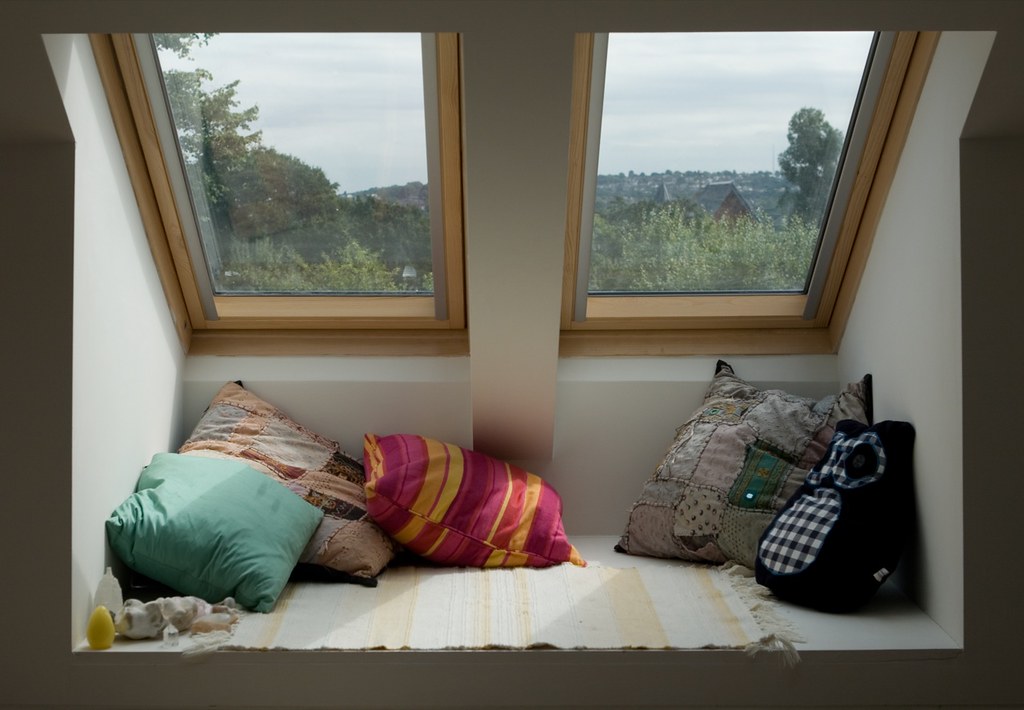A Velux loft conversion is a type of home improvement project that involves adding an additional storey to your house using Velux windows. This can be done in order to create more living space, or to add value to your property. A Velux loft conversion is a popular choice for many homeowners as it is less disruptive than other types of loft conversions, and can be completed in a shorter time frame.
A Velux loft conversion is a type of home improvement project that involves adding an additional storey to your house using Velux windows. This can be done in order to create more living space, or to add value to your property. A Velux loft conversion is a popular choice for many homeowners as it is less disruptive than other types of loft conversions, and can be completed in a shorter time frame.

What is a velux loft conversion?
A velux loft conversion is a type of home improvement that involves the conversion of an existing loft or attic into a habitable space. The main advantage of this type of conversion is that it can be done without the need for planning permission, making it a relatively quick and easy way to add extra living space to your home.
Firstly, because the space is not enclosed like a traditional room, you’ll need to make sure that it is properly insulated and ventilated to avoid condensation and damp problems.
Secondly, you’ll need to take into account the head height of the space – Velux windows are designed to be installed at a minimum height of 2.3m, so if your loft is shorter than this you may need to consider alternatives such as dormer windows.
If you’re looking for a cost-effective way to add extra living space to your home then a velux loft conversion could be the perfect solution. Just make sure that you do your research first and get some professional advice to ensure that the project is carried out correctly and safely.
The benefits of a velux loft conversion
A velux loft conversion is a great way to add value to your home. It can also be a very cost effective way to add extra living space to your home. There are many benefits to having a velux loft conversion, including:
1. Increased property value – A velux loft conversion can add up to 20% to the value of your property, making it a great investment.
2. Extra living space – A velux loft conversion can provide you with extra living space that can be used for a variety of purposes, such as an office, playroom or guest bedroom.
3. Improved energy efficiency – A velux loft conversion can help to improve the energy efficiency of your home, as it will reduce heat loss through the roof.
4. Increased natural light – A velux loft conversion will bring in more natural light into your home, making it brighter and more welcoming.
5. Better ventilation – A velux loft conversion can improve the ventilation in your home, as it will allow fresh air to circulate.
The cost of a velux loft conversion
The average cost of a Velux loft conversion is between £15,000 and £20,000. This price includes the cost of materials, labour, and VAT. The final cost will depend on the size and layout of your home, as well as the number of Velux windows that need to be installed.
The average cost of a Velux loft conversion is between £15,000 and £20,000. This price includes the cost of materials, labour, and VAT. The final cost will depend on the size and layout of your home, as well as the number of Velux windows that need to be installed.
How to convert your loft into a velux loft
A velux loft conversion is a type of loft conversion which involves the installation of one or more Velux windows. Velux windows are a type of skylight which are designed to let in natural light and fresh air, while still providing privacy and security.
There are many benefits to converting your loft into a velux loft, including increased natural light, improved ventilation, and increased privacy and security. However, there are also some things to consider before you start your project.
To convert your loft into a velux loft, you will need to:
1. Choose the right location for your windows. Velux windows should be installed on the south-facing side of your house to maximize the amount of natural light they let in. They should also be installed at least 3 feet from any edges or obstacles to ensure proper ventilation.
2. Measure the space carefully. You will need to know the exact dimensions of your space in order to choose the right size windows for your project.
3. Install the windows according to instructions. Velux provides detailed instructions on how to install their windows, so be sure to follow them closely.
What is a Velux Loft Conversion?
A Velux loft conversion is a type of home extension that uses Velux windows to let in natural light and ventilation.
They are a popular choice for many homeowners because they are relatively easy to install and can be done without planning permission.
Velux loft conversions can help you create extra living space in your home, which is perfect if you need an extra bedroom or office.
However, it is essential to consult with a professional to ensure it is the right choice for your home.
Conclusion
Conclusion.
Add insulation and weatherproofing as needed.